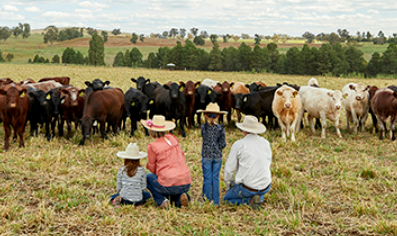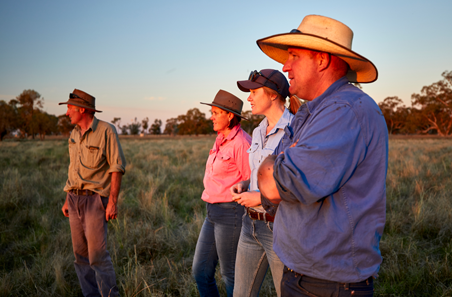
Planning for succession?
Organising the future of a business through succession planning can be daunting, but it’s a critical component of moving forward in a direction that satisfies all parties involved.
Succession planning is an evolving process that ensures the continuation of a business through generations or through layers of management.
Not all businesses require a succession plan as the intention or opportunity to pass a business on may not exist, however, for those that do, succession planning is best addressed in the business planning process.
Organising the future of a business through succession planning can be daunting, but it’s a critical component of moving forward in a direction that satisfies all parties involved.
When it comes to farm businesses, starting conversations around succession early is key to achieving the best outcomes for the whole family.
When it comes to shaping how the family business will look and operate in the future, a solid communications strategy and engaging in a facilitated process can make all the difference in creating a succession plan that works for every family member.
A succession plan details how the property owner intends to leave or transfer the business ownership and management upon exiting. Factors underpinning the need for a well documented and clearly communicated plan include:
A successful succession plan should consider the business as a whole and involve all stakeholders. This will reduce problems relating to inheritance, management and ownership. The process and acceptance of the final plan can be assisted by:
Every succession plan will vary depending on the owner's financial position, type of enterprise, family situation, business objectives, age and health. There are, however, several common steps:
It is useful for everyone involved in the planning process to have a clear understanding of the property's current position, including:
The current legal land owners must consider personal goals and visions. Key points to consider may include:
Everyone with an interest in the property should, at some point, be involved in the consultation process. Holding a family meeting or a series of meetings can assist in the consultation process. If holding a family meeting, it may be useful to involve a professional facilitator to negate any conflict that may arise during the process.
A successful first meeting will result in:
Once the direction of the succession plan is set, investigation into various options should be considered. It will most likely be necessary to employ professional advisors to ensure the following issues are covered:
Often the way a decision is made is just as important as the decision itself. If everyone with a direct interest in the business is consulted and included in the process, they are more likely to be comfortable with the outcome.
Once discussed and agreed, it is useful to list tasks for actioning and follow up to ensure that all have been informed and understand the decision. Clearly communicated and measured time frames can assist in providing structure and clarity for the succession plan.
The final step is ensuring that the plan is put into practice and reviewed every couple of years or when a significant change occurs.


